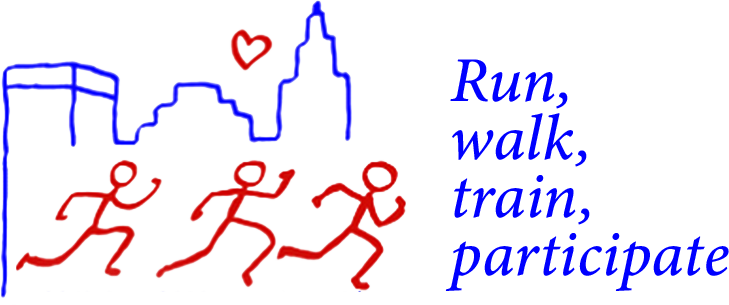What is Core? Just take a deep breath and read on
“Core” is one of the most overused and misunderstood terms in health and fitness today. The term is so overused it has almost lost its legitimacy, so when my patients say, “I am doing core exercises” I tend to be a little skeptical. The core is not just your abdominals, and core exercises are not just crazy circus tricks on a stability ball. I would like to quickly review this concept of core.
Anatomically the core is simply your trunk (body without arms and legs). It is comprised of all the major muscles from the shoulders to the buttocks, specifically the diaphragm, abdominals, pelvic floor muscles, multifidis, erector spinae, latissimus dorsi, trapezius, glutes, and iliopsoas. But this still doesn’t represent your true core. Core represents how these muscles function.
Together in a coordinated sequence of contractions, these core muscles help stabilize the hips, shoulders, and trunk leading to better posture, better strength, and a more stable base for which our arms and legs can work. A strong core will help you transfer energy to and from your upper and lower body and limit lost energy through unneeded faulty movements. In my opinion that is core.
And core is needed for all athletes, in fact for all people for that matter. I get questions all the time about why core is important for runners and triathletes. “Endurance athletes don’t need to train there core, they just need to log in miles and laps right?”…Wrong. A strong core in essence will give you a lift, which can lessen the workload to your legs while running. With swimming, a strong core will keep you streamline and make your pulling and kicking more powerful. On the bike, as you’re climbing a hill and you are pulling up on the handlebars using your biceps and upper back, this force gets transmitted through your core to your legs and into the pedal for more power. Also, during running, your lats and glutes use a coordinated system of tension and contraction to help get more stability in the pelvis and power in the legs; and this can only happen effectively with a strong core to make that transfer of energy possible.
So now that you know a little about what it is and why the core is so important, you need to know how to train it functionally. There are lots of core exercises you can learn from a good exercise or rehab professional, but keep in mind there are two areas that are regularly overlooked: pelvic floor and diaphragm. We will save the pelvic floor discussion for another blog, but will give you a simple diaphragmatic breathing lesson to address that much overlooked area of core.
So, the most basic of core exercises is breathing. Yeah that’s right, breathing, but don’t worry I won’t get all yoga on you here. Breathing from your diaphragm is essential to a well functioning core and the foundation on which all core exercises should be built. It is the initiating force to all successive muscle contractions in the body. Many rehabilitation and fitness professionals are realizing the importance of the diaphram.
To try this, close your lips and put your tongue on the roof of your mouth. Inhale through your nose and fill your belly with air, ensure the air is filling your belly and not your chest. Now, exhale through your mouth and assist the exhalation by tightening and drawing in your belly (as if you were buttoning a tight pair of pants). Your belly will flatten and you should feel your abdominals and lower back contracting slightly. You should not be doing a posterior pelvic tilt here, maintain a neutral spine with some healthy lordosis. This takes very little effort, about three to five pounds of force. Work on this as often as you can in different positions each day; lying in bed, sitting in traffic, waiting in line at Starbucks… Repetition is key here.
While performing your other strength exercises ensure exhalation, as above, when you are exerting force. Don’t hold your breath (valsalva maneuver), although this can help with stability and strength for a brief moment it is artificial support not true core strength. Active exhalation with your diaphragm will help you activate your other key core muscles and facilitate core strength.
Utilize your local fitness and rehab professional to help find and train your unique core deficits. This should be one of the first priorities in anyone’s strength program.
So breathe on, my friends, and good luck finding your core.
Michael Silva, MS, PT, CSCS
FOUNDATIONperformance
s p o r t s m e d i c i n e
www.foundationperformance.com
mike@foundationperformance.com
